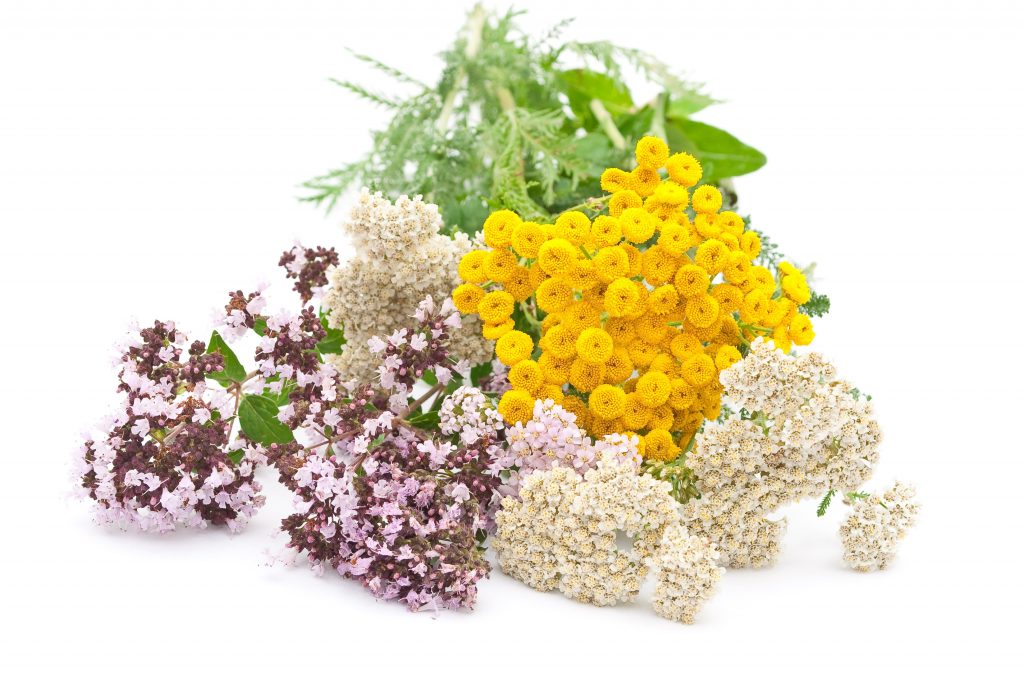27 May Can plant extracts replace antibiotic growth promoters?

The livestock industry is currently moving towards a reduction in the use of antibiotic growth promoters in order to prevent the emergence of antibiotic-resistant strains in humans. Feeds without antibiotics are a reality in the European Union and in South Korea now, while other countries are looking into ways to control them, such as United States or Australia. Even in China, after the antibiotic abuse scandals made public in late 2012, the industry is becoming aware of the need to regulate its use.
Antibiotics contribute to a more efficient production differently depending on the specie. For example, in swine their main benefit is preventing post weaning diarrhea caused by E. coli while in poultry they avoid necrotic enteritis caused by Clostridium perfringens.
PRE-REQUISITES
Immediately after restricting of antibiotic growth promoters in Europe, there was an increased incidence of intestinal diseases. Nutritionists have had to learn how to design antibiotic-free feeds, a process that has not always been easy.
From the European experience, it is now clear that no single additive can offer a quick and complete replacement of antibiotic growth promoters and that, at the same time, management, biosafety and feeding programs need to be adjusted:
- Management: Avoiding abrupt changes in barn temperatures and too cold environments, reducing environmental NH3 and ensuring proper ventilation, strengthening hygiene and disease prevention, practicing all-in-all-out systems, reducing animal density.
- Biosecurity: A strict and comprehensive biosecurity program should be applied with the same intensity to all sectors of a company. It must be practical and easily understood by everyone.
- Feed formulation is equally important:
- It is known that pathogenic microorganisms grow on undigested proteins, so crude protein levels should be reduced to the amount that the animal needs, avoiding any excess;
- In young mammals and broiler chicks it is necessary to improve the digestibility of the diet by increasing the percentage of high quality proteins;
- The use of cooked cereals would increase in mammals;
- Cereals that enhance viscosity such as rye or wheat should be minimized as they reduce intestinal motility and favor the growth of pathogens;
- The content of iron should also be controlled, especially in young animals, as it enhances the growth of E. coli;
- Inorganic calcium and phosphorus bind acids, and thus they can increase diarrhea incidence. Levels of dicalcium phosphate and of calcium carbonate should be reduced and those of phytase increased.
- Crude fiber should be increased, especially non-lignified sources of fiber, such as beet pulp, and soy hulls, as they are fermented by beneficial microorganisms present in the large intestine, improving digestive health.
GUT HEALTH CONCEPT
Combined efforts of feed formulation, management, biosafety and the use of additives target the achievement of “gut health” or “gut welfare”, that has been defined as the “ability to perform normal physiological functions and to maintain homeostasis, thereby supporting its ability to withstand infectious and non-infectious stressors”.
Maintaining gut heath is necessary in order to carry out a highly productive livestock production without antibiotic growth promoters.
FEED ADDITIVES THAT CAN REPLACE ANTIBIOTICS
Antibiotic growth promoters can be replaced by additives with bacteriostatic or bactericide action:
- Zinc oxide and copper sulfate show good antibacterial properties but are harmful for the environment and their use is limited in some countries.
- Not all organic acids are equally effective as antimicrobials. Effectiveness depends on their hydrophobicity and capability to dissociate.
- Many plant extracts show in vitro antibacterial activity, and some of them have confirmed its in vivo activity through field trials. Plant extracts and organic acids have synergistic effects, so in vivo results are better when combined.
Besides, there exist other feed additives without antimicrobial action that can indirectly enhance gut health status. These include:
- Enzymes, that reduce the level of non-starch polysaccharides (antinutritional factors).
- Probiotics and prebiotics, which increase the number of beneficial bacteria.
- Immune boosters, as reinforcing its immunity will help preventing infections.
PLANT EXTRACTS, FROM FOLK MEDICINE TO FARM SCIENCE
As far back as evidence can be gathered, humans used medicinal plants (along with magic and religious rituals) to treat their diseases, and presumably, those of their animals. Some evidence for their use dates back to the Neanderthal period. In the XIX century, the use of medicinal plants began to decrease in medical practice and was replaced by pharmaceuticals, but it reemerged in the late 1960 as a response to increasing side effects of synthetic medicines.
The current usage of botanicals is quite different from their historical use, because scientists call that traditional knowledge is validated, that the results are reproducible and that the treatments are safe and effective. This has led to the production of standardized botanical extracts:
- Produced from properly identified and controlled plant species;
- Using manufacturing processes that are respectful of the active compounds contained in the plant;
- Products that guarantee a minimum concentration of active principles.
The scientific application of plant extracts in animal production is a technology that is still progressing but, in many cases, results are very satisfactory, especially when they are combined with organic acids.
ROLES OF PLANT EXTRACTS REPLACING ANTIBIOTIC GROWTH PROMOTERS
Plants contain an abundance of chemicals that enable them to resist attack by microorganisms and insects. These ‘secondary compounds’ or ‘phytochemicals’ can potentially have useful growth-promoting effects in livestock:
- Direct microbiocide effects
Some compounds have the ability to adhere to the cell wall, forming a crack and causing the cell contents spill to the medium, killing the microorganism. Cinnamon and marjoram are examples of plants with microbiocide active principles. - Prebiotic effects
Some plants rich in oligosaccharides, such as chicory, are able to stimulate the growth of favorable bacteria such as lactobacilli and bifidobacteria without promoting the growth of pathogenic species. This is associated with a reduction of digestive diseases in poultry and swine.It has been shown that prebiotics, besides stimulating growth of beneficial bacteria, also increase the production of short chain volatile fatty acids (SCVFAs) by lactobacilli and bifidobacteria. SCVFAs inhibit the growth of a range of putrefactive proteolytic bacteria.Some plant extracts are not able to boost the growth of lactic bacteria, so they are not real prebiotics, but, instead, they can increase the production of short chain volatile fatty acids by the lactic acid bacteria present in intestine. Cinnamon and garlic are some of these SCVFAs-production boosters. - Blocking of bacterial adhesion to gut surface
Lectin–carbohydrate receptor interactions are the main mechanism of pathogen adhesion to the brush border of the gut mucosal epithelium. Some phytochemicals, such as those contained in carob, can block the adhesion of pathogens onto the mucosal layer of the intestine, thus avoiding the onset of the infection. - Immunostimulatory effects
The gut–associated lymphoid tissue (GALT) plays a key role in digestive immunity in farm animals. Prebiotic compounds, such as oligosaccharides from chicory, can exert beneficial effects on gut health by enhancing local digestive immunity through GALT responses.Other substances, such as mushroom polysaccharides or allicin from garlic, may be used as general (whole animal) immune enhancers because they activate both innate and adaptative immunity. - Secretion of digestive enzymes
Some compounds such as those contained in cinnamon or cardamom are able to stimulate the production of digestive enzymes of the pancreas and intestinal mucosa, leading to a better feed use and a significant increase in growth.CONCLUSION
The exact modes in which plant extracts act as substitutes of antibiotic growth promoters are not completely understood yet, but there is no doubt that a number of phytochemicals are capable of modifying the gut microflora or metabolism and, in turn, improve animal responses to pathogenic challenges.
It is clear that antibiotic-free livestock production it’s not only a matter of substituting antibiotic growth promoters by other additives but needs to adjust feed formulation, management and biosafety practices. Without the joint efforts of all the departments of the farm, gut health can not be achieved, thus it will not be possible to maintain productivity.
It is equally important to appreciate that feeds without antibiotics will be invariably more expensive. The increase of farm’s productivity achieved with plant extracts can surely pay back this price increase, and we should consider whether the population, that is increasingly sensitive to food scandals, is willing to pay a little more for food if producers can prove and mantain its quality and safety.

Ciertas declaraciones sobre las propiedades saludables de nuestros productos pueden no ser aplicables en su país.

